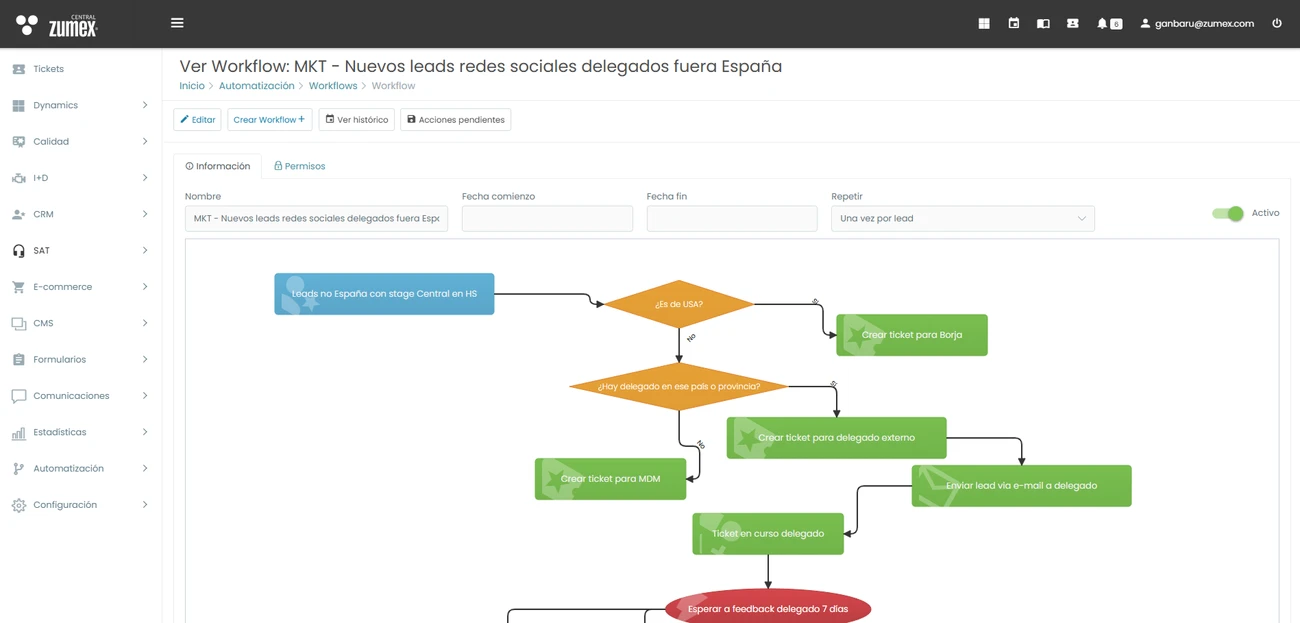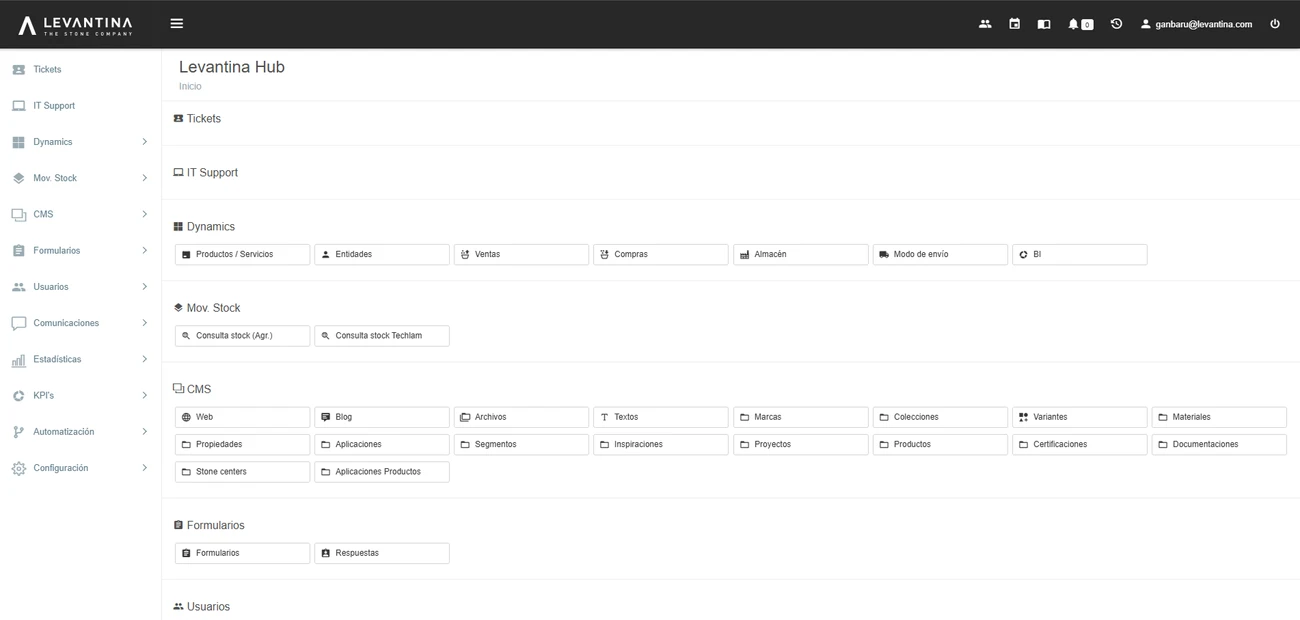What is a Backoffice and why is it essential for the internal management of your business?
Have you ever heard the word backoffice and weren’t sure what it meant? You’re not alone. Many people working in marketing, sales, or even startup founders aren’t familiar with the term—but they use one every day without realizing it.
The backoffice is one of the key components of any digital project. It’s the silent “engine” that keeps everything running smoothly behind the website or app that the customer sees. And although it’s invisible, no business can scale without it.
In this article, we’ll explain in a clear and practical way what a backoffice is, what it’s for, the advantages it offers, and why having a custom one is essential if you want to grow efficiently.
What Exactly Is a Backoffice?
The backoffice is a company’s internal management system. It’s the part of the software or platform that customers don’t see but is crucial for the business to function.
While the frontoffice (or public interface) is what the user sees—for example, an online store or a mobile app—the backoffice is the tool the team uses to manage orders, users, products, content, payments, inventory, appointments, metrics, and more.

What Can You Manage From a Backoffice?
Every business is different, but generally speaking, a backoffice or control panel allows you to automate and manage repetitive, organizational, and administrative tasks.
Here are some common examples:
Content Management
- Create, edit, and publish articles, products, or services.
- Update images, prices, descriptions, etc.
- Manage basic technical SEO.
Order and Inventory Management
- View orders placed and their status.
- Control stock, restocking, and inventory alerts.
- Integrate with suppliers or external warehouses.
- Create discounts, promotions, shipping rules…
Payments and Invoicing
- Validate received payments.
- Generate invoices automatically.
- Integrate with accounting tools or ERPs.
User or Customer Management
- View customer profiles and activity.
- Assign permissions, subscriptions, contracts.
- Create automated rules (e.g., send an email when someone makes their first purchase).
Data Analysis
- Consult key business metrics.
- Generate performance, sales, or traffic reports.
- Visualize funnels, cohorts, or KPIs.
What Are the Benefits of Having a Good Backoffice?
Developing a custom backoffice isn’t just a technical decision—it’s a strategic tool that can completely transform how your company operates.
1. Centralized Information
All operations are managed from one place, avoiding duplication and errors.
2. Time Savings
Automating routine processes allows your team to focus on strategic tasks.
3. Scalability
As the business grows, the backoffice becomes essential to manage increasing volumes without losing control.
4. Security and Traceability
A good backoffice system includes roles, permissions, and change tracking to improve internal transparency.
5. Improved Customer Experience
With more efficient processes, your team provides better support, shorter wait times, and greater accuracy.

What Should a Modern Backoffice Include?
Not all backoffices are the same. At Ganbaru, we develop custom solutions tailored to the real needs of each company. Some key elements a modern backoffice should include are:
- Intuitive interface: easy to use, even without technical knowledge.
- Customizable dashboards: each team sees what matters most to them.
- Integrations: with CRMs, email marketing tools, ERPs, or payment gateways.
- Permissions and roles: to manage who can view or edit each section.
Dynamic reports: real-time data to make informed decisions.

Who Needs a Backoffice?
If you’re managing your business with Excel sheets, multiple disconnected tools, or too many manual emails, it’s probably time to centralize your operations. While the term is often associated with large companies, the truth is that any digital business with internal operations can benefit from one.
Some profiles that need it:
- E-commerce businesses managing products, orders, and promotions.
- Survey and communication platforms.
- Agencies and consultancies coordinating projects, tasks, and HR.
- Local businesses with bookings, appointments, or rotating staff.
- Fintech or insurtech startups automating financial or billing processes.
- Real estate servicers and portfolio managers.
Even a small business can save hundreds of hours a year with a tool that automates routine tasks!
Why Develop a Custom Backoffice?
One of the most common questions when a company starts digitizing internal processes is: do we just need a generic tool, or should we develop a custom system? And while a preconfigured solution may seem sufficient in the short term, the reality is that as your business grows, so do your needs. Generic tools often fall short, become rigid, or—worse—force your team to adapt their workflows to the software’s limitations.
At Ganbaru, we’re clear: a custom backoffice is not a luxury—it’s a strategic investment. Developing your own tool means every feature fits your specific business processes like a glove. You don’t need to bend over backwards to make the system work for you—the system is built around you.
One of the main advantages of custom development is that it adapts to your real processes—not the other way around. This means you won’t need to change how you work to fit into the mold of a standard platform. We can replicate and improve your internal workflows with precision, reducing friction and errors.
In addition, a custom backoffice can be integrated with any system you already use, such as an ERP, CRM, payment gateways, logistics services, marketing tools, or external databases. This turns your digital ecosystem into a cohesive, automated, and much more powerful environment.
Another major benefit is that it grows with you. As your business evolves, launches new product lines, or expands into new markets, you can add new modules, rules, or features without being constrained by someone else’s roadmap. The system grows with you—no bottlenecks.
It’s also worth noting that the interface is designed specifically for your teams. That means less training, fewer errors, and faster performance. Each user sees what they need—with a clear, intuitive design free of unnecessary features that only add noise and confusion.
At Ganbaru, we’ve developed custom backoffices for e-commerce businesses needing to automate order and logistics management, for digital platforms requiring complex user administration, for B2B startups with internal onboarding flows, and for companies with very specific operational control needs. Always with the same goal: to create tools that optimize management, scale with the business, and become strategic assets.
Are you considering improving your company’s internal management? We’ll help you design and build the perfect backoffice for your business. Tell us how you work, what you need to improve, and where you want to go—and we’ll turn it into a digital tool that makes your life easier. Contact us and request your free consultation!

